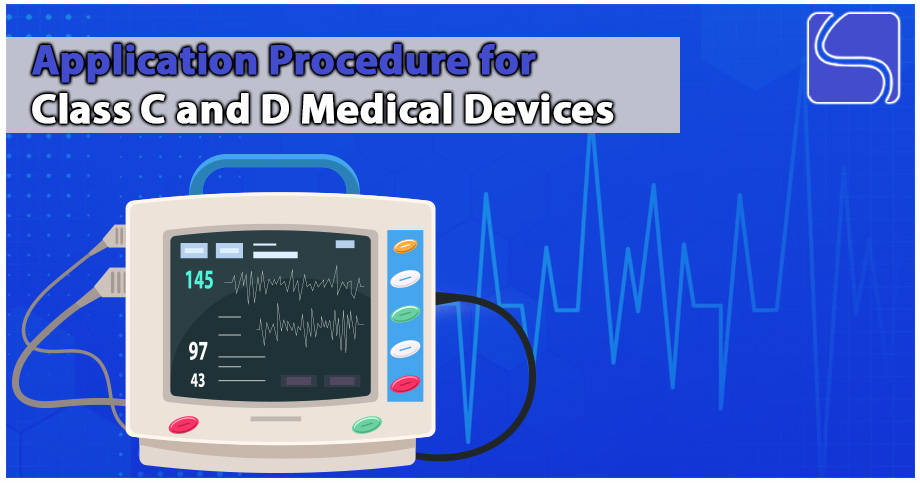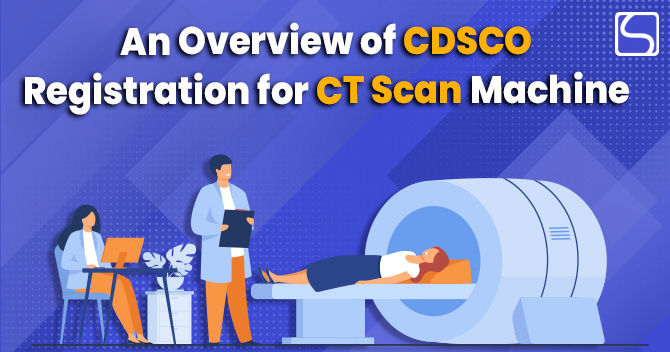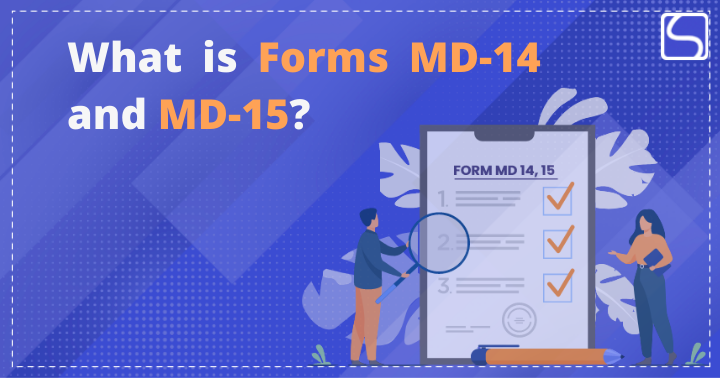Application Procedure for Class C and D Medical Devices

Shivam Narwal | Updated: Mar 14, 2023 | Category: CDSCO
Medical devices are an essential part of the healthcare industry, as they help in diagnosis, treatment, and monitoring of various medical conditions. In India, the Central Drugs Standard Control Organization (CDSCO) regulates medical devices and their registration. CDSCO classifies medical devices into four classes – A, B, C, and D, based on their risk level.
In this blog, we will discuss the application procedure for Class C and D medical devices in India. Class C and D medical devices are considered to have a higher risk level, and hence the registration process for these devices is more complex than Class A and B devices.
Table of Contents
Understanding Class C and D Medical Devices
Class C medical devices are considered to have a moderate risk level. They include devices like blood transfusion sets, heart valves, surgical sutures, and orthopedic implants. Class D medical devices are considered to have a high-risk level. They include devices like implantable devices, drug-eluting stents, and pacemakers. The CDSCO[1] requires the manufacturers of Class C and D medical devices to provide more detailed information about their devices during the registration process.
Application Procedure for Class C and D Medical Devices
The application procedure for Class C and D medical devices in India can be broadly divided into the following steps:
Step 1: Preparing the Application
The first step in the application procedure is to prepare the application. The application must include the following information:
- A covering letter.
- The application form.
- A copy of the import license or manufacturing license.
- Details of the device, including its name, model, and specifications.
- Technical documentation, including the device design, materials used, and manufacturing process.
- Safety and performance data, including clinical trial data if available.
- Labeling and packaging information.
- Details of the testing and certification bodies used.
It is important to ensure that all the information provided in the application is accurate and complete. Incomplete or inaccurate information can lead to delays in the registration process.
Step 2: Submitting the Application
Once the application has been prepared, it must be submitted to the CDSCO. The application can be submitted either online or in person at the CDSCO office. The CDSCO charges a fee for the registration of medical devices, which varies depending on the class of the device.
Step 3: Verification of the Application
Once the application has been submitted, the CDSCO will verify the application and the supporting documents. If any documents are found to be incomplete or inaccurate, the CDSCO will request the applicant to provide additional information.
Step 4: Review by the CDSCO Technical Committee
After the verification of the application, the CDSCO will forward the application to its Technical Committee. The Technical Committee will review the application and provide its recommendations to the CDSCO.
Step 5: Inspection of the Manufacturing Facility
The CDSCO may conduct an inspection of the manufacturing facility to ensure that the manufacturing process complies with the relevant standards and guidelines. The inspection is usually conducted by a team of experts from the CDSCO.
Step 6: Decision by the CDSCO
Based on the recommendations of the Technical Committee and the inspection report, the CDSCO will make a decision on the registration of the device. If the device is approved, the CDSCO will issue a registration certificate.
Step 7: Post-Market Surveillance
After the device has been registered, the CDSCO will conduct post-market surveillance to ensure that the device continues to comply with the relevant standards and guidelines. The manufacturer of the device is required to report any adverse events related to the device to the CDSCO.
Key Challenges in the Application Procedure for Class C and D Medical Devices
While the application procedure for Class C and D medical devices in India is well-defined, there are several challenges that manufacturers may face during the registration process. These challenges include:
- Lack of Clarity on the Regulatory Process: The regulatory process for medical devices in India is constantly evolving, and manufacturers may find it challenging to keep up with the latest guidelines and requirements. This can lead to delays in the registration process and additional costs.
- Limited Availability of Accredited Testing Laboratories: The CDSCO requires medical device manufacturers to submit test reports from accredited testing laboratories. However, there is a shortage of such laboratories in India, which can make it difficult for manufacturers to comply with this requirement.
- Lack of Transparency in the Review Process: The CDSCO review process can be opaque, with limited information provided to manufacturers on the status of their applications. This can lead to frustration and delays in the registration process.
- High Registration Fees: The CDSCO charges a fee for the registration of medical devices, which can be prohibitively high for some manufacturers, especially for small and medium-sized enterprises.
Tips for a Smooth Application Procedure for Class C and D Medical Devices
To ensure a smooth application procedure for Class C and D medical devices, manufacturers should take the following steps:
- Work with an Experienced Regulatory Consultant: Given the complexity of the regulatory process in India, it is advisable for manufacturers to work with an experienced regulatory consultant who can guide them through the application process and ensure compliance with the relevant guidelines and standards.
- Be Prepared with Comprehensive Documentation: It is important to ensure that all the information provided in the application is accurate and complete. Manufacturers should prepare comprehensive documentation, including technical documentation, safety and performance data, and labeling and packaging information.
- Identify Accredited Testing Laboratories: Manufacturers should identify accredited testing laboratories that can provide the required test reports. This can help streamline the application process and reduce delays.
- Maintain Regular Communication with the CDSCO: Manufacturers should maintain regular communication with the CDSCO and follow up on the status of their applications. This can help ensure a smooth and efficient registration process.
- Budget for Registration Fees: Manufacturers should budget for the registration fees charged by the CDSCO, which can be significant for Class C and D medical devices. This can help avoid delays due to financial constraints.
Conclusion
The application procedure for Class C and D medical devices in India is a complex process that requires manufacturers to provide detailed information about their devices. It is important to ensure that all the information provided in the application is accurate and complete to avoid delays in the registration process. The CDSCO charges a fee for the registration of medical devices, which varies depending on the class of the device.
Manufacturers of Class C and D medical devices should also ensure that their devices comply with the relevant standards and guidelines. This includes conducting clinical trials to establish the safety and effectiveness of the device and ensuring that the manufacturing process meets the required quality standards.
In summary, the application procedure for Class C and D medical devices in India requires manufacturers to provide detailed information about their devices and comply with the relevant standards and guidelines. The CDSCO plays an important role in ensuring the safety and effectiveness of medical devices in India, and manufacturers should work closely with the CDSCO to ensure that their devices are registered in a timely and efficient manner.
Read our Article:Medical Device Rules 2017- A Comprehensive Study














